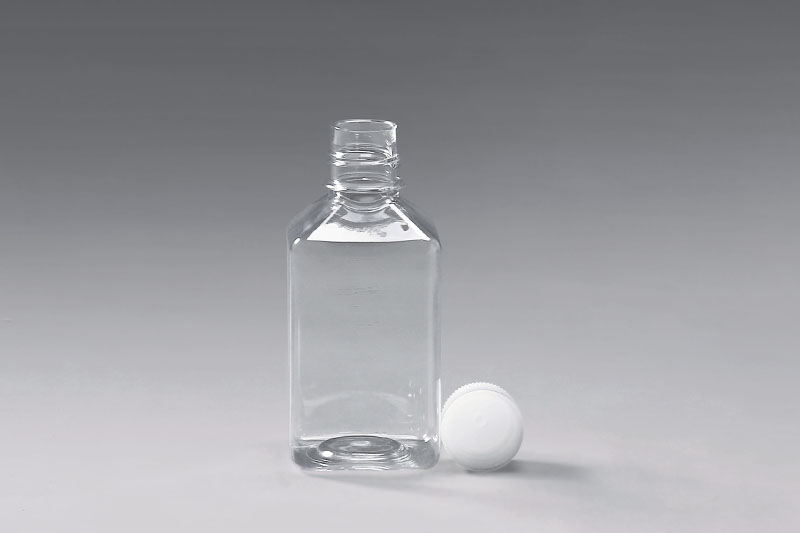血清とは、ウシ胎児血清、子牛血清、成体ウシ血清、および馬血清を含む、フィブリノーゲンを除去した後の血漿からのコロイド液を指します。血清は通常、専用の media ボトルに保存され、タイプに応じて対応する保存環境に配置されます。血清の質に影響を与える要因は次のとおりです:
1。エンドトキシン
国内基準は5EU/ml以下です。エンドトキシンはバクテリアが破壊された後の細胞壁の成分であるため、エンドトキシン含有量のレベルは、採血から生産までの一連のプロセスで無菌操作を示すことができます。エンドトキシン含有量が非常に高い場合は、血清が汚染されていることを示しています。
2。総タンパク質含有量
ウシ胎児血清の一般的な範囲は30-40mg/mlです。値が高すぎる場合は、ウシ胎児血清ではなく、牛の年齢が古すぎることを意味し、値が低すぎることは、血清が水と混合されている可能性があることを示しています。
3。ヘモグロビン
標準は20mg/dl以下で、色が赤くなるほど値が高くなり、逆に値が低くなります。
4。 pH
国内の血清はほとんど7.5より高く、輸入されたウシ胎児血清はほとんど7.5より低い。具体的な理由は不明であり、牛の年齢に関連している可能性があります。これは、血清の供給源を最初に特定するためにも使用できます。
5。微生物
バクテリア、カビ、マイコプラズマ、バクテリオファージ、さまざまな病原性ウイルスなど。中でも、大腸菌は血清の質にほとんど影響を与えず、病原性ウイルス、特にBVDVは国内血清のほぼ90%に存在します。これらの微生物は最も重要です。国内の血清品質の重要な要因の1つ。
上記は、血清生産プロセスの品質に対するそれ自体の要因の影響です。さらに、メディアボトルの品質も血清に一定の影響を及ぼします。メディアボトルがしっかりと密封されていないか、滅菌が完了していない場合、血清の汚染に直接つながります。細胞実験で汚染された血清を適用すると、細胞の成長が遅くなったり停止したりして、実験効果に影響を及ぼします。
したがって、血清を選択するときは、血清の品質を特定する際に注意してください。メディアボトルのシールは無傷で、血清の質が良好であることを保証します。
The FAI climbed 5.9 percent year-on-year in the first 11 months of 2018, quickening from the 5.7-percent growth in Jan-Oct, the National Bureau of Statistics (NBS) said Friday in an online statement.
The key indicator of investment, dubbed a major growth driver, hit the bottom in August and has since started to rebound steadily.
In the face of emerging economic challenges home and abroad, China has stepped up efforts to stabilize investment, in particular rolling out measures to motivate private investors and channel funds into infrastructure.
Friday's data showed private investment, accounting for more than 60 percent of the total FAI, expanded by a brisk 8.7 percent.
NBS spokesperson Mao Shengyong said funds into weak economic links registered rapid increases as investment in environmental protection and agriculture jumped 42 percent and 12.5 percent respectively, much faster than the average.
In breakdown, investment in high-tech and equipment manufacturing remained vigorous with 16.1-percent and 11.6-percent increases respectively in the first 11 months. Infrastructure investment gained 3.7 percent, staying flat. Investment in property development rose 9.7 percent, also unchanged.
 English
English



















































